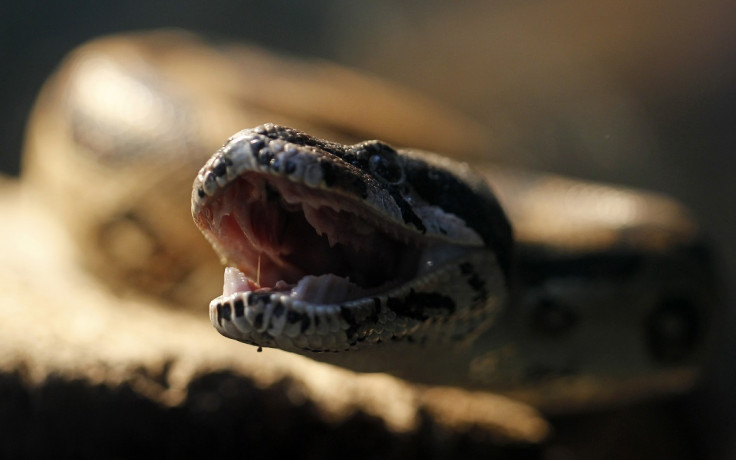Sri Lankan snake species sighted in southern India suggesting ancient land links

A snake endemic to Sri Lanka has been found in southern India, pointing to ancient land links between the two countries now separated by the Palk Strait.
The snake can jump five metres and disappear in a trice, says wildlife biologist Bubesh Guptha who has spotted it near the temple town of Tirumala in the state of Andhra Pradesh.
Around three feet long and sporting big eyes and skin patterned in ash and olive green, he has spotted the same species twice in and around the same hills.
The mildly venomous tropical snake Chrysopelea taprobanica eats bats, lizards, geckos, smaller snake species, skirls and birds, reports Nature Asia.
Guptha conducted the study in collaboration with Veerappan Deepak of Centre for Ecological Studies, Indian Institute of Science, Bangalore, Simon Maddock of The Natural History Museum, London and N V Sivaram Prasad.
Guptha believes the less-studied Eastern Ghats have immense biodiversity with many rare species.
In the last three years, he has re-discovered two species, two new-locality records and many rare species from the Seshachalam Hills.
Stretching from West Bengal in the north to Tamil Nadu in the south, the Eastern Ghats are believed to be older than the Western Ghats.
They have a complex geological history related to the assembly and breakup of the ancient supercontinent of Rodinia and the assembly of the Gondwana supercontinent.
It is largely believed that the two land masses of India and Sri Lanka were once connected and the rising waters submerged the land bridge around 5000 BC.
Sri Lanka's original inhabitants, the Veddahs are believed by anthropologists to have descended from people who migrated from India, and possibly Southeast Asia, and existed on the island as far back as 32,000 BC.
© Copyright IBTimes 2025. All rights reserved.





















